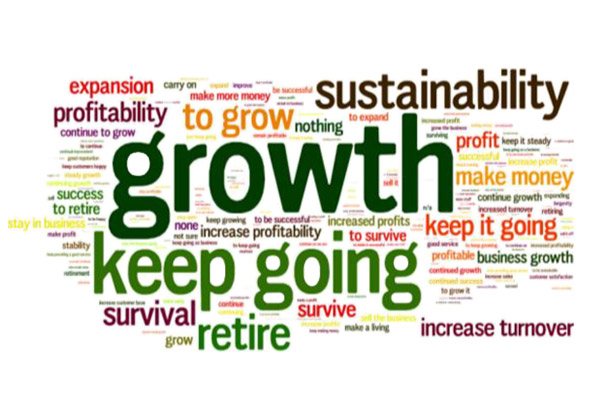Rural Report 2017/18
11 March 2019The role of the land-based sector within local economies is often claimed to be significant, yet it is unclear from the existing evidence how important farming, forestry and estates are as contributors, or catalysts, to rural wealth creation and employment. Alongside this, there is a lack of detailed evidence about rural businesses operating across Scotland’s rural areas relating to: the diversity and range of businesses; operating turnover; employees; planned investment; debt and credit terms given; business confidence and expectations – particularly in-light of Brexit.
The Rural Report 2017/18 provides evidence to help fill the knowledge gaps on the wider rural businesses base beyond the farming, forestry and rural estate sectors. The 2017/18 report is the first in a series of three survey based annual reports focussing on businesses in Aberdeenshire, Dumfries & Galloway, the Scottish Borders and Tayside. The 2017 survey of 1,500 businesses has provided data that improves our understanding of the rural business base, and the rural economy as we move through this period of Brexit uncertainty.
The research focuses on non-land-based businesses and has concentrated on gathering evidence on: (a) business characteristics (b) business ambitions; (c) turnover and employees; (d) operating environment and outlook; (e) investment plans; (f) business strengths and challenges; (g) links to the land-based sector; (h) extent of reliance on the land based sector, and; (i) perceptions on Brexit, including challenges and opportunities it may bring.
We found that 42% of the business surveyed in 2017 had links to the land-based sector, with the most common linkages being as a supplier of goods or services. We found that 35% of the surveyed businesses were reliant on farmers to some extent (an average of 43% of turnover coming from farming) with nearly 10% of the 1,500 businesses being more than 70% reliant on farming.
The Executive Summary highlights the key findings from the research and key findings by topic are also summarised in five themed infographics found here:
- Links to the Land-based Sector
- Rural / Urban Businesses
- Gender Profiles of Businesses
- Businesses By Turnover Change
- Brexit and Business
Much is made of the high average age of farmers in Scotland, yet the survey results reveal a very similar age distribution amongst key decision makers in the wider rural business base. Overall 62% of the survey respondents were over 50 years old, with 29% over 60 and 6% over 70 years old. Only 13% were under 40 and less than 3% were under 30 years of age.
This research was principally funded by Scottish Enterprise and The Scottish Government with a contribution from Scottish Land and Estates. The Scottish Government funding came through the Scottish Government’s Strategic Research Programme 2016-2021 Work Package 2.4 Rural Industries.
Download the Rural Report 2017/18



